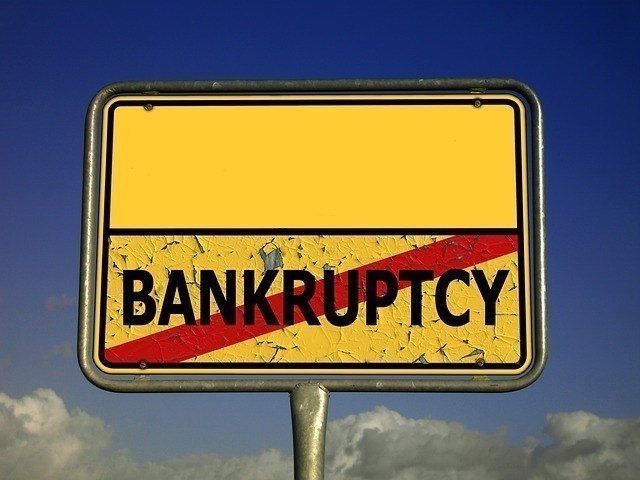Introduction
The United Arab Emirates is a global business hub and continuously striving to maintain its recognition and improving its ranking in ease of doing business. In the today’s global scenario, innovation is the key and many times this innovative economy results in failure of businesses. The borrowers going bankrupt is very common and therefore it was the need of the hour to have incidental bankruptcy laws in place to ensure the interests of stakeholders and fair treatment with creditors.
The recently incorporated UAE Bankruptcy Law (2016) takes a more competent approach towards business insolvency in comparison to precedents. This article shall highlight some of the major highlights of the bankruptcy law.
What does it mean?
This law shall be applicable to all commercial companies registered in the UAE and any person (either natural or legal) recognized as a trader under the UAE law. Civil companies, professional service providers and the entities registered in the UAE free zone will also be covered under this law. The new law allows insolvent companies to secure protection from the court against all types of legal claims, including the proceedings against the company or its officer for defaults in payment and dishonored cheques.
It also makes it a mandatory legal obligation for insolvent companies to file an application for bankruptcy. It a company founds that it has become insolvent and it will not be able to fulfill its payment obligations, the officers of the company should ensure to file a bankruptcy application to protect them from criminal proceedings that may be filed by the creditors.
Creditors of a company can also initiate the proceeding for bankruptcy application, if the total outstanding amount exceeds AED 100,000 and is overdue for more than 30 working days. The court shall then appoint a panel to review the overall financial position of the company in question and provide a report to the court in this regard.
Suggested Pathways
The new law suggests three pathways for afflicted businesses. Viz. Prevention, Restructuring and liquidation. We shall briefly explain each of them in the coming paragraphs.
- Prevention: This pathway can be used only by a business predicting financial difficulties in near future. In other words, the business is not insolvent, but expecting such a situation. This pathway shall give leverage and time to discuss and come to an agreement with its creditors under supervision of the trustee appointed by the court. Processing this application in time, protects companies from facing legal proceeding on the failure of fulfilling financial commitments in time and all the proceedings raised by creditors will be suspended. The law has imposed strict timeline and deadlines for implementing the plan.
- Restructuring: The application for restructuring can be filed by debtor itself or the creditor who has a debt of AED 100,000 and whose payment is overdue for more than 30 working days. It is important to note that, the creditor should have made written demand for this payment before filing the application at the court for restructuring. After receiving the request from a creditor, the court shall appoint a committee to submit the report for restructuring within 10 working days. The court shall consider the report and give a final decision within next 5 business days.
This pathway helps the debtor to come to an agreement with its creditor through a court appointed trustee. The trustee on behalf of the debtor, negotiates with its creditors for preparing a restructuring plan in consent with the creditors. The plan should be approved by two third of the creditors represented by value of outstanding payment. The law has imposed strict timeline and deadlines for implementing the plan. - Liquidation: This is the last pathway. If both above pathways are not viable the court shall appoint a trustee to proceed with the liquidation of distressing business.
Liabilities of the Directors
The new bankruptcy law does not ignore the possibility of the director’s responsibility for distressed circumstances and if any director is guilty for the losses or if the company is not able to pay even 20% of its total debts, the director will be liable to pay full or part of the debts as provided in Article 144 of the law. Further, Article 198 and 201 provides for a list of new criminal offences for which managers and directors of the insolvent companies can be held liable. However, if they act prudently and approach the court to take preventive pathways, they can save themselves from liabilities as the same will be then passed to the trustees appointed by the court.
Bottom Line
The new bankruptcy law aims to provide a more trustworthy environment for investors and motivate businesses to take preventive steps before the things turns worst.
Please feel free to contact us at [email protected] for any further assistance.














